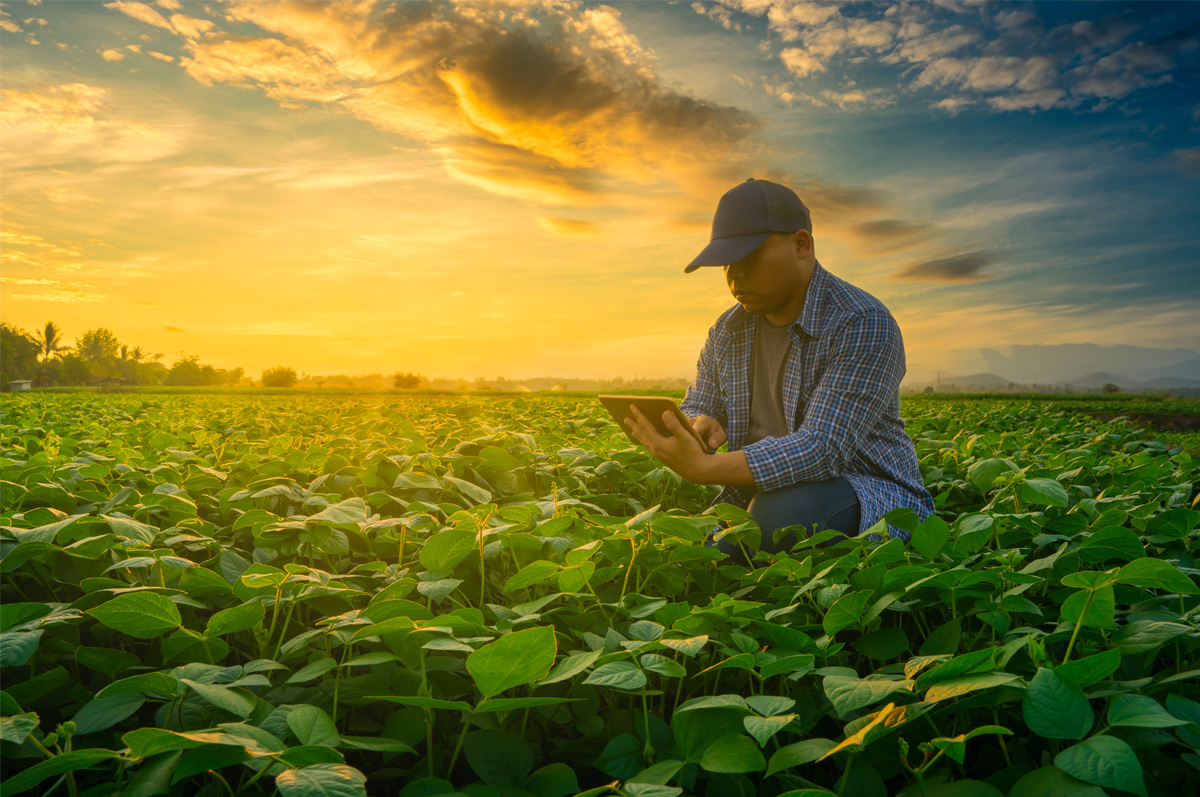“Eat food. Not too much. Mostly plants.”
― Michael Pollan, In Defense of Food: An Eater’s Manifesto
Food is intimately connected to the health of both people and the planet. And food systems — including emissions from agriculture, transportation, processing, and packaging — have a more considerable environmental impact than one might think.
Food systems are responsible for between 21% and 37% of all global greenhouse gas emissions. Animal agriculture alone is responsible for approximately 14.5% of global emissions, primarily from methane released by livestock during digestion. Approximately one-third of all food produced for human consumption is lost or wasted, representing a significant waste of resources, including water, land, and energy, and further contributing to emissions as food waste decomposes and releases methane. And agricultural inputs like nitrogen fertilizers can release nitrous oxide, a potent greenhouse gas, when they are applied to crops. The list goes on.
What’s more is that while food systems represent a massive contribution to climate change, they are also deeply impacted by it.
Food is intimately connected to the health of both people and the planet. And food systems — including emissions from agriculture, transportation, processing, and packaging — have a more considerable environmental impact than one might think.
Food systems are responsible for between 21% and 37% of all global greenhouse gas emissions. Animal agriculture alone is responsible for approximately 14.5% of global emissions, primarily from methane released by livestock during digestion. Approximately one-third of all food produced for human consumption is lost or wasted, representing a significant waste of resources, including water, land, and energy, and further contributing to emissions as food waste decomposes and releases methane. And agricultural inputs like nitrogen fertilizers can release nitrous oxide, a potent greenhouse gas, when they are applied to crops. The list goes on.
What’s more is that while food systems represent a massive contribution to climate change, they are also deeply impacted by it.
Notes from the Field: The Food Issue
Food is intimately connected to the health of both people and the planet. And food systems — including emissions from agriculture, transportation, processing, and packaging — have a more considerable environmental impact than one might think.
Food systems are responsible for between 21% and 37% of all global greenhouse gas emissions. Animal agriculture alone is responsible for approximately 14.5% of global emissions, primarily from methane released by livestock during digestion. Approximately one-third of all food produced for human consumption is lost or wasted, representing a significant waste of resources, including water, land, and energy, and further contributing to emissions as food waste decomposes and releases methane. And agricultural inputs like nitrogen fertilizers can release nitrous oxide, a potent greenhouse gas, when they are applied to crops. The list goes on.
What’s more is that while food systems represent a massive contribution to climate change, they are also deeply impacted by it.









